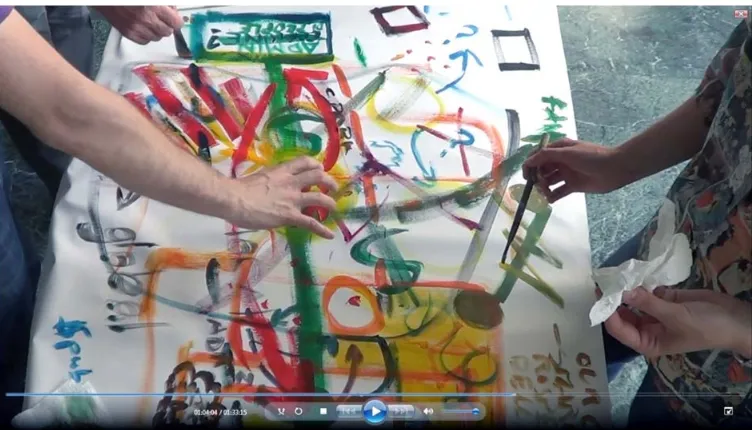Facilitating Spatial Negotiation: a pragmatic approach to understanding public space
Full text
Figure




Related documents
Hypothesis 1: Households who received disaggregated feedback through the website would reduce their electricity consumption compared to residents who received an in- home display
“the Member State which permits transport operations to be carried out in its territory by vehicles or vehicle combinations with dimensions deviating from those laid down in Annex I
Family Studies graduates have careers in human services, family-related agencies, working with families in social service agencies ranging from child to geriatric, services to
This paper demonstrates what can be achieved by integrating social network analysis and C2 structure analysis. Social network analysis has been a prominent tool in investigating
This is done by selecting the empirical speci fi cation in the last three columns of Table 2 and by classifying the countries in three groups according to which, given their tax
4 Why Influencers Are Game Changers 6 Types of Influencers 7 Types of Influencers: Citizens 8 Types of Influencers: Professionals 9 Types of Influencers: VIPs 10 How
ABSTRACT: Educational leadership research is increasingly focused on the role that school leaders play in the improvement of teaching and learning and on the relationship
John & Clark (1984) find that black and lower- class residents place more importance on social cohesion and neighborhood services; Lee and Campbell (1997) find that blacks,
